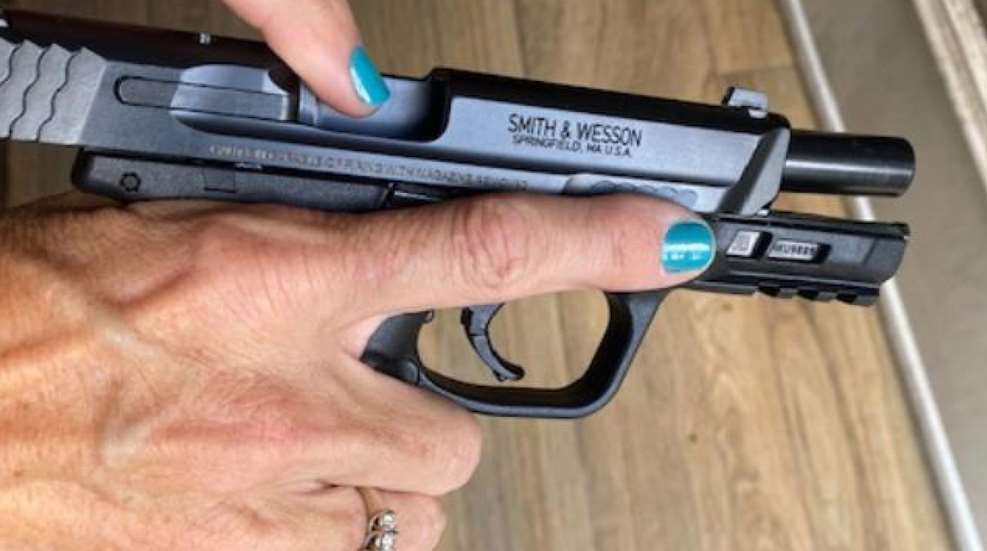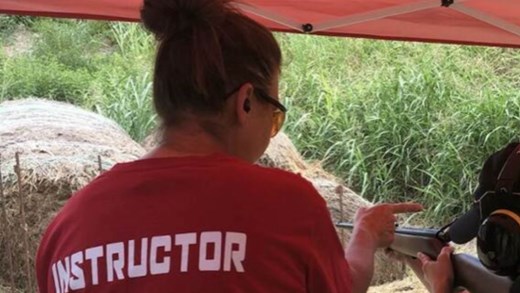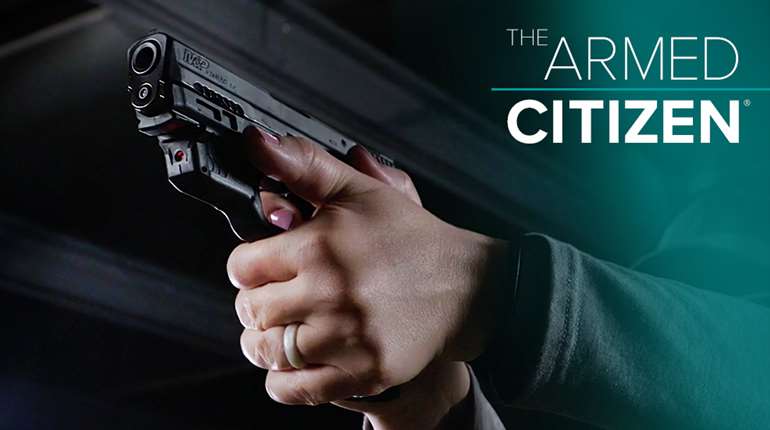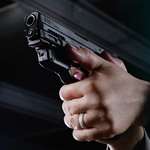
If you are an NRA Certified Instructor and conduct firearms training classes, you know all too well the logistics involved: securing the classroom; locating a range; ordering supplies; and countless other details critical to ensuring a successful outcome. Next, you advertise your class, reaching out to those in your community who would benefit from your knowledge and experience. You did everything right and now you have enough students to assemble a firearms training course.

However, if you truly want to create a stress-free environment, you are not done just yet.
Things can sometimes go wrong when conducting a firearms training course, but by being proactive and anticipating issues, you can mitigate most situations before they become a problem.
By following simple three rules, you can ensure you have a stress-free class. The three rules are:
- ALWAYS ask questions
- ALWAYS anticipate emergencies
- ALWAYS inspect firearms
These rules will help you, the instructor, to create a safe and enjoyable learning environment. After all, it is the instructor who takes credit for the class being good or bad, safe or unsafe, or enjoyable or unenjoyable. It starts and ends with the instructor. It is imperative for you to prepare the best you can ahead of time in order to prevent problems or accidents.
Always Ask Questions
Ask a lot of questions now and you won't have to ask them after class has begun or during a time of urgency. Be in constant communication with your students prior to the beginning of class, ensuring that students pre-register for the class and provide you with an e-mail and phone number. Once a student is registered, communicate all the pertinent information to the student. This is also the time for the instructor to gather specific information from the students so their class is safe and enjoyable. For example, ask them to provide you with the make and model of the firearm they will be bringing to class. I do this so that I do not have any surprises on the day of the class. This allows me to research firearms with which I may not be familiar. On the day of class, I am now familiar with how the firearm operates, how to load and unload it, and how to disassemble it for cleaning.
By asking the student to provide me with their firearm information, I can also avoid any issues that might occur with obsolete or antique guns. I have even asked the students to send me a picture of the data stamp on the barrel. On more than one occasion, I have had individuals bring antique firearms to shoot during the range portion of the class. If I had allowed these guns to be fired at the range, one or more students could have suffered serious bodily injury or worse, because the firearm would have not been able to sustain the pressures of modern ammunition—and likely would be blown apart.
Next I ascertain if any student has any special needs, whether in the classroom or at the range. For example, I have instructed individuals who have mobility issues or vision problems. Knowing about these situations in advance allows me to make proper accommodations for a golf cart to transport them to the range. For someone who suffers from vision problems, I can make sure that they have a seat at the front of the classroom. I can also let any assistant instructors know this relevant information so they can make sure that the student’s needs are addressed.
Always Anticipate Emergencies
Emergencies are when instructor has no plan on how to deal with an accident or unexpected situation. Whether I am at a public range or private range, I do not rely on anyone else to handle an emergency with one of my students. If an ambulance or even Life Flight is needed, I want to make sure that I have all the necessary information to direct emergency personnel to the injured party. To do this, I have the address of the facility at which I am teaching. I also make note of the latitude and longitude GPS coordinates, in the event that information is needed for a medical helicopter.
You should also make sure you have snacks and water when you go to the range. This seems like it is in direct contradiction of the “no eating or drinking while at the range” rule. The snacks and water are not there to supplement your lunch. The water is to keep hydrated and the snacks are there in case someone’s blood sugar drops. I teach in Texas where the heat can be a real threat to health. Keeping my students hydrated is very important. Additionally, I have had individuals whose blood sugar suddenly dropped, and they became disoriented. Fortunately, in one instance, the individual’s spouse was in attendance and had candy and high-sugar drinks on-hand to treat him. This can be a dangerous situation. Always keep this in mind when heading to the range with your students. I’ve also added canopies to my inventory. When we head to the range I set up several pop-up canopies to keep the sun off and offer a tad bit of shade for a more comfortable experience.
Instructors should also require students to provide emergency contact information. In a recent class, a student fainted. She was standing and talking with another student after the class ended, then fell back and hit her head on the floor. She recovered quickly and did not suffer any serious injury but that incident made me realize that I had no information regarding her family members or friends. Because of that situation, I created an additional form for all students to supply emergency contact information.
Instructors do not possess students' medical information. If there is an emergency and someone is unconscious, medical personnel is going to need information that only family or close friends would have.
Always Inspect Firearms
Inspecting firearms before entering the classroom can prevent issues when you go to the range. Sometimes a student provides me information for a particular firearm, then shows up to the class with a different one. By looking at the make, model and style of a student’s firearm before the class starts, the instructor has the chance to do any research regarding the gun in the convenience of the classroom. The range is not the time to start researching a firearm with which you are not familiar. Once you get to the range, it’s time to start your range procedures, not research unknown firearms. When you go to the range, you must prepare your equipment in the ready area before going to the firing line, listen to range commands, and ensure that your students are following the 3 NRA Firearm Safety Rules: Always keep your muzzle pointed in a safe direction; Always keep your finger off the trigger until ready to shoot; and Always keep your firearm unloaded until ready to use.
Inspecting firearms before entering the classroom can also prevent serious bodily injury or death. The most important NRA classroom rule is that no live ammunition is allowed in the class. Many instructors inspect all firearms brought into the classroom to ensure that there is no live ammunition in the gun. Unfortunately, many of these instructors stop there. This results in missed live ammunition that may be unintentionally brought in the classroom.
I require all firearms brought into my classroom to be cased in either a hard or soft case. I inspect the gun cases outside the classroom. I open each case and visually inspect, looking for any live rounds. I then open the action of the firearm and visually inspect the breach, chamber and magazine of the firearm. Lastly, I remove the foam of hard cases to make sure that no rounds have accidently slipped between the foam and the case. I have found many live rounds under foam that would have made it into the classroom.
I do not allow range bags in the classroom. I have found that most range bags have one or more loose rounds somewhere in the bag and it is just safer to keep them out of the classroom. Remember it is better to err on the side of caution than to have a live round make it into your classroom.
Remember, this is your class. You set the rules and classroom policies. By implementing the NRA classroom rules with any policies that you set depending on your unique classroom and range situation, you will create a learning atmosphere that is both safe and fun!














































